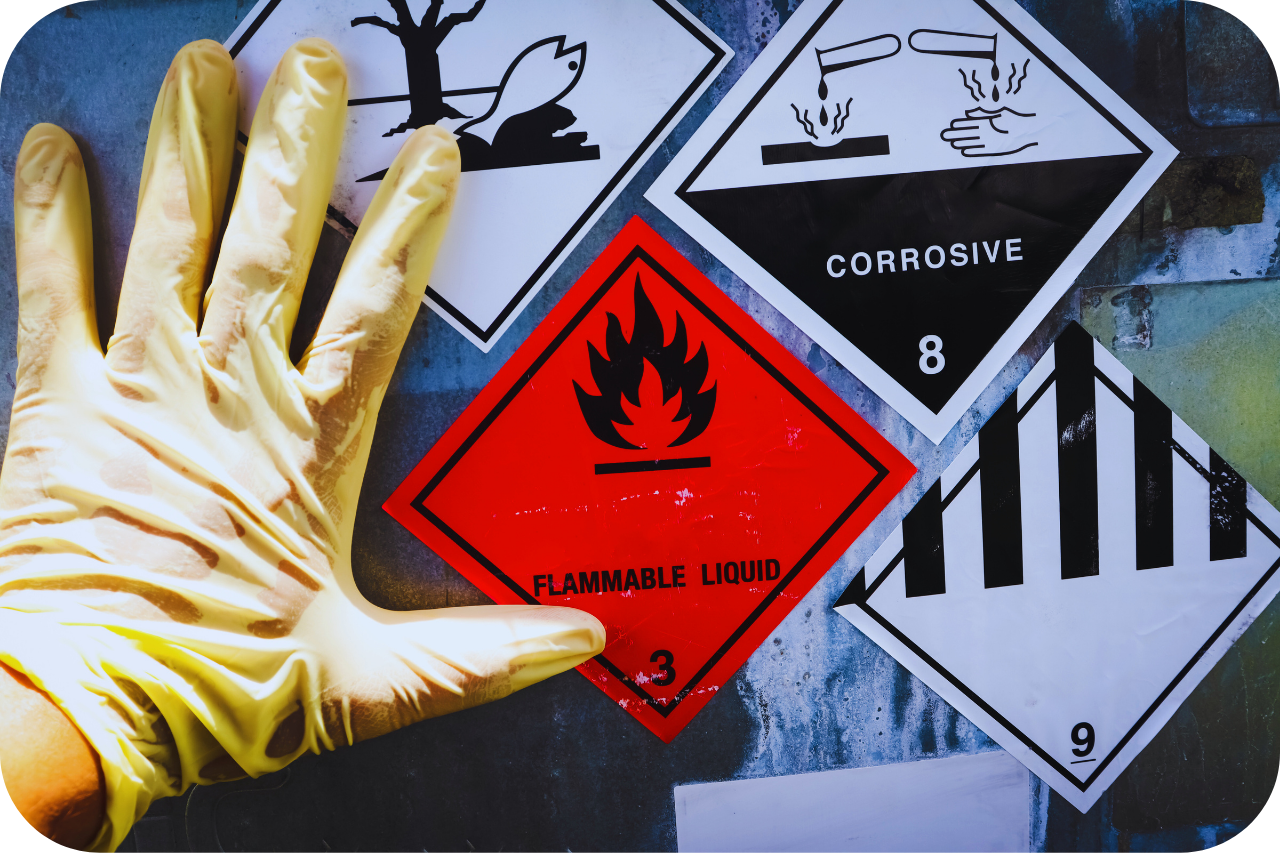Not known Factual Statements About Roar Solutions
Not known Factual Statements About Roar Solutions
Blog Article
Indicators on Roar Solutions You Need To Know
Table of ContentsThe Main Principles Of Roar Solutions The Greatest Guide To Roar SolutionsThings about Roar Solutions
In such an environment a fire or explosion is possible when three fundamental conditions are met. This is usually described as the "hazardous location" or "burning" triangle. In order to secure installations from a potential surge a method of analysing and identifying a potentially hazardous area is needed. The purpose of this is to ensure the proper option and installation of devices to inevitably prevent an explosion and to make sure safety of life.
(https://au.enrollbusiness.com/BusinessProfile/7095102/ROAR%20Solutions)
No equipment should be mounted where the surface area temperature level of the equipment is above the ignition temperature of the provided hazard. Below are some usual dirt dangerous and their minimal ignition temperature. Coal Dirt 380C 225C Polythene 420C (melts) Methyl Cellulose 420C 320C Starch 460C 435C Flour 490C 340C Sugar 490C 460C Grain Dust 510C 300C Phenolic Material 530C > 450C Aluminium 590C > 450C PVC 700C > 450C Residue 810C 570C The chance of the hazard being present in a concentration high enough to trigger an ignition will certainly differ from area to area.
In order to identify this danger an installation is separated into areas of risk depending upon the amount of time the hazardous exists. These areas are referred to as Zones. For gases and vapours and dusts and fibres there are 3 areas. Area 0 Zone 20 A harmful atmosphere is highly most likely to be existing and might exist for lengthy durations of time (> 1000 hours each year) or also continually Zone 1 Area 21 A dangerous environment is possible but not likely to be existing for extended periods of time (> 10 450 C [842 F] A classification of T6 suggests the minimum ignition temperature level is > 85 C [185 F] Dangerous location electric tools possibly developed for use in greater ambient temperatures. This would suggested on the ranking plate e.g. EExe II C T3 Ta + 60C( This suggests at 60C ambient T3 will certainly not be surpassed) T1 T1, T2, T3, T4, T5, T6 T2 T2, T3, T4, T5, T6 T3 T3, T4, T5, T6 T4 T4, T5, T6 T5 T5, T6 T6 T6 A T Class rating of T1 suggests the maximum surface temperature generated by the tool at 40 C is 450 C. Presuming the associated T Course and Temperature score for the devices are ideal for the location, you can constantly utilize an instrument with a much more rigorous Division ranking than required for the area. There isn't a clear solution to this question. It truly does depend on the kind of devices and what repair services require to be accomplished. Devices with details examination procedures that can't be carried out in the field in order to achieve/maintain third event score. Should come back to the factory if it is prior to the devices's solution. Area Fixing By Authorised Employee: Complicated screening might not be required nevertheless certain procedures might need to be followed in order for the equipment to keep its 3rd party ranking. Authorised employees need to be used to execute the work correctly Repair must be a like for like substitute. New part need to be considered as a direct replacement needing no special testing of the tools after the repair service is full. Each item of equipment with a harmful rating should be evaluated individually. These are detailed at a high degree below, but for more thorough information, please refer directly to the guidelines.
The smart Trick of Roar Solutions That Nobody is Discussing
The tools register is a thorough data source of tools documents that includes a minimum set of areas to recognize each item's location, technical parameters, Ex-spouse classification, age, and ecological data. The ratio of In-depth to Close assessments will be determined by the Tools Threat, which is examined based on ignition risk (the probability of a source of ignition versus the possibility of a flammable ambience )and the harmful area category
( Zone 0Area 1, or 2). Implementing a robust Risk-Based Inspection( RBI )method is essential for making certain compliance and safety in taking care of Electric Tools in Hazardous Areas( EEHA).
The 7-Second Trick For Roar Solutions

In terms of eruptive danger, a hazardous area is an environment in which an eruptive atmosphere exists (or might be anticipated to be present) in quantities that require special safety measures for the construction, installment and use of devices. eeha courses. In this short article we explore the obstacles dealt with in the office, the risk control actions, and the called for expertises to work safely
These compounds can, in particular conditions, develop eruptive atmospheres and these can have major and heartbreaking repercussions. Most of us are familiar with the fire triangular eliminate any kind of one of the three aspects and the fire can not occur, yet what does this mean in the context of unsafe areas?
In the majority of instances, we can do little regarding the levels of oxygen airborne, yet we can have significant impact on resources of ignition, as an example electrical devices. Hazardous locations are documented on the dangerous area classification illustration and you could try here are identified on-site by the triangular "EX" indication. Here, amongst various other key details, areas are split right into three types depending on the risk, the possibility and period that an eruptive ambience will exist; Area 0 or 20 is deemed one of the most harmful and Area 2 or 22 is regarded the least.
Report this page